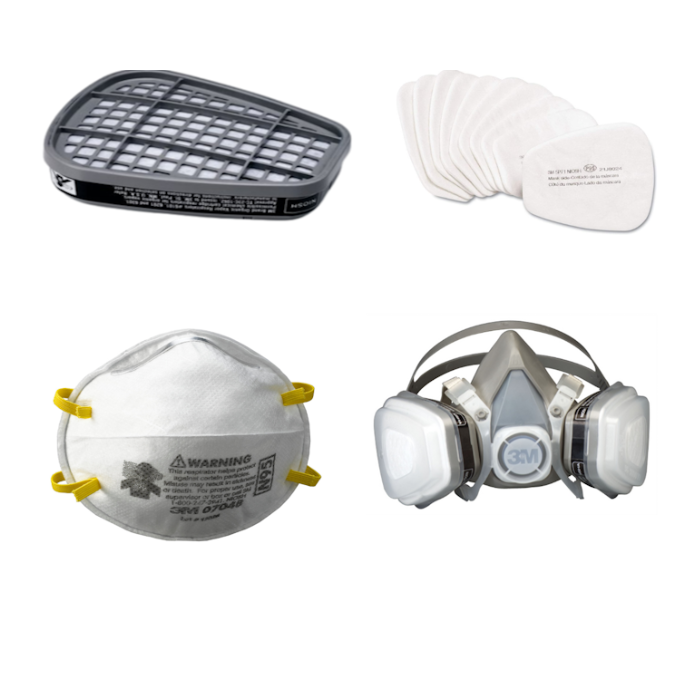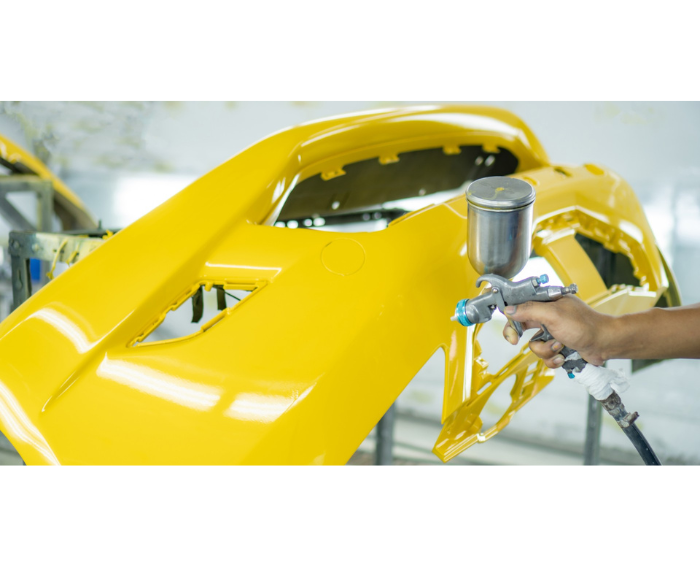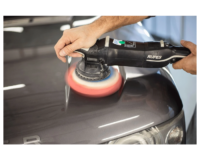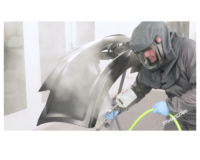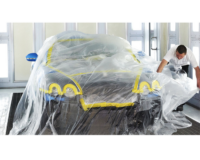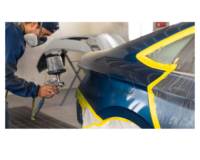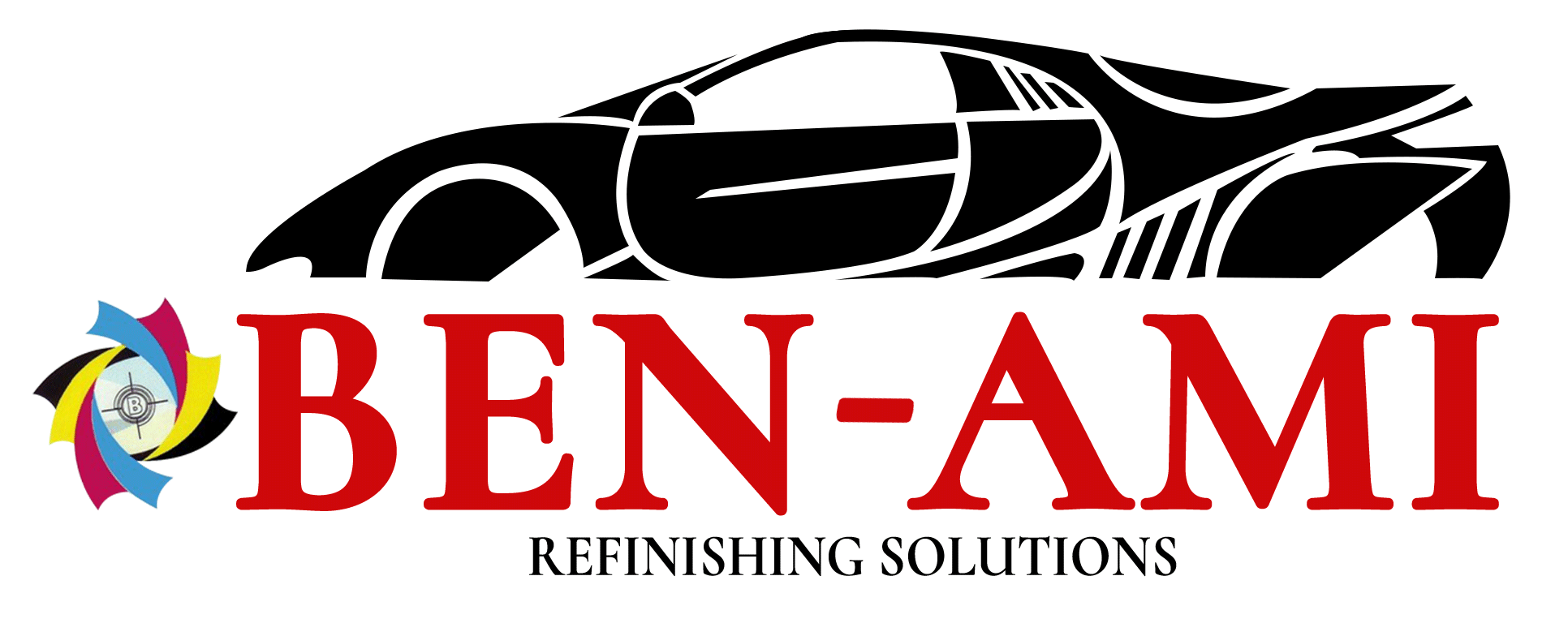How to Choose the Right Paint for Your Auto Body Shop
How to Choose the Right Paint for Your Auto Body Shop
Selecting the right paint for your auto body shop is crucial to ensure high-quality repairs and customer satisfaction. With various types of automotive paints available, understanding their characteristics and applications can help you make informed decisions. Here’s a guide to help you choose the best automotive paint for different repairs and finishes.
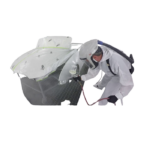
Understanding the Different Types of Automotive Paint
a. Acrylic Lacquer:
- Pros: Easy to apply, quick drying, and provides a high-gloss finish.
- Cons: Less durable, prone to chipping and fading, and requires frequent maintenance.
- Best For: Vintage car restorations and show cars where high gloss is desired.
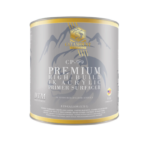
b. Acrylic Enamel:
- Pros: Durable, resistant to fading, and provides a hard finish.
- Cons: Longer drying time and requires a hardener for best results.
- Best For: Daily drivers and commercial vehicles due to its durability.
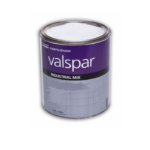
c. Urethane:
- Pros: Extremely durable, resistant to chemicals and UV rays, and long-lasting.
- Cons: More expensive and requires proper safety equipment during application.
- Best For: High-end vehicles and areas exposed to harsh conditions.
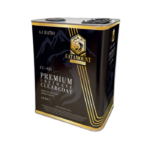
d. Basecoat/Clearcoat Systems:
- Pros: Provides a deep, glossy finish and excellent color match.
- Cons: Requires two-step application and precise mixing ratios.
- Best For: Modern cars and high-quality finishes.
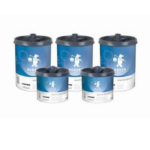
Factors to Consider When Choosing Automotive Paint
Durability:
- Assess the environmental conditions the vehicle will be exposed to. For harsh conditions, choose paints with high resistance to UV rays, chemicals, and physical wear.
Color Matching:
- Opt for paints that offer a wide range of colors and excellent color-matching capabilities. This is crucial for repair jobs to ensure consistency with the original paint.
Application Process:
- Consider the ease of application and drying time. Some paints require more complex application processes, which may necessitate additional training and equipment.
Finish Quality:
- Determine the desired finish (glossy, matte, metallic, etc.). Different paints offer varying levels of gloss and texture.
Budget:
- Balance the cost of the paint with its benefits. Higher-quality paints often come at a premium but offer better longevity and finish.
Preparing for the Painting Process
Surface Preparation:
- Ensure the surface is clean, smooth, and free of rust and old paint. Proper surface preparation is critical for achieving a flawless finish.
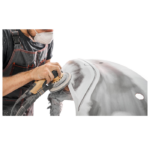 Primer Selection:
Primer Selection:
- Use a compatible primer to enhance the adhesion and durability of the topcoat. Select a primer that suits the type of paint you’re using.
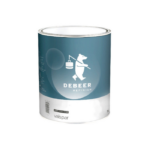
Mixing and Thinning:
- Follow manufacturer guidelines for mixing ratios and thinning requirements. Proper mixing ensures optimal performance and finish quality.
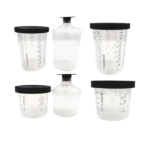
Safety Considerations
- Protective Gear: Always wear appropriate safety gear, including respirators, gloves, and goggles, to protect against harmful fumes and chemicals.
- Ventilation: Ensure adequate ventilation in the painting area to prevent the buildup of toxic fumes.
